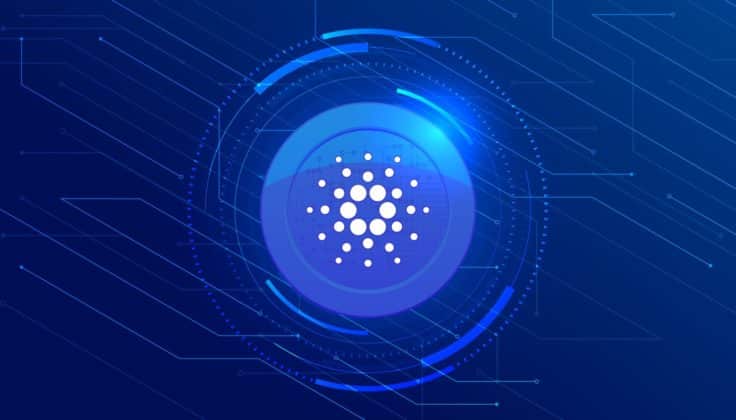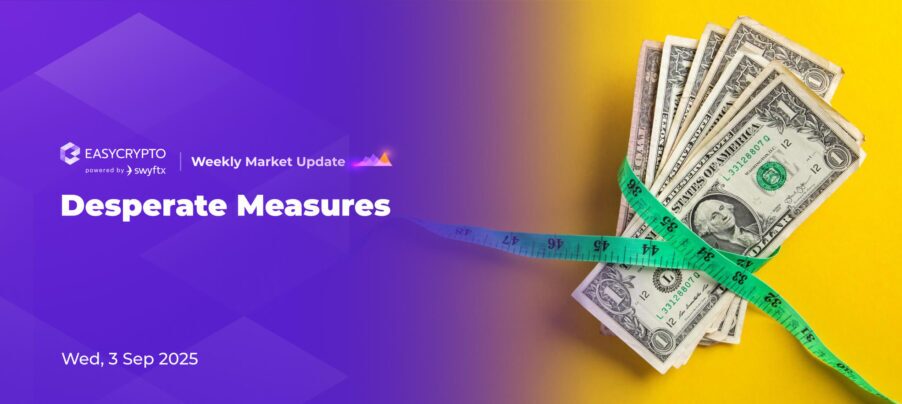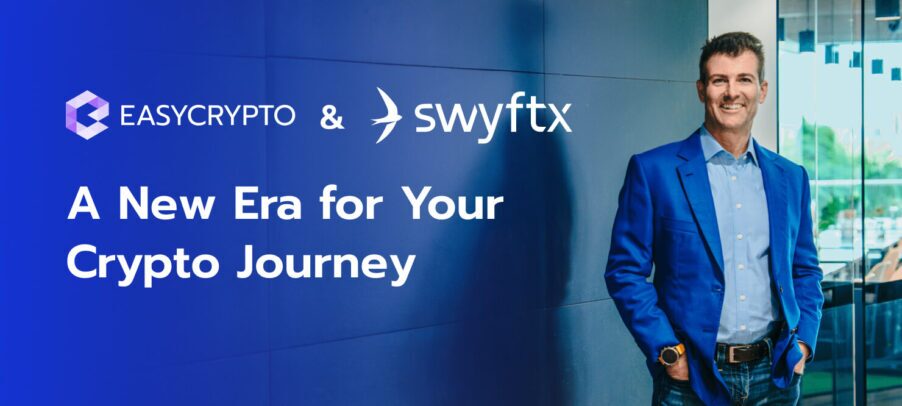Cardano launched smart contracts for the first time in 3 years
Input Output Hong Kong, the company that oversees Cardano’s development, has announced the launch of the blockchain network’s smart contract functionality. Despite the long-awaited upgrade, some critics doubt that the new feature is ready to serve the crypto market. Cardano founder Charles Hoskinson believes that this upgrade is “probably the most significant change in the history of the protocol”, he.


Input Output Hong Kong, the company that oversees Cardano’s development, has announced the launch of the blockchain network’s smart contract functionality. Despite the long-awaited upgrade, some critics doubt that the new feature is ready to serve the crypto market.
Cardano founder Charles Hoskinson believes that this upgrade is “probably the most significant change in the history of the protocol”, he told Market Insider in an interview. He was referring to the fact that the new smart contract functionality will allow Cardano to expand its use as a decentralised network.
Smart contracts are pieces of code that can help execute complex transactions without a trusted intermediary. One of the most notable use cases of smart contracts can be found in decentralised lending protocols.
For example, when a borrower requests to borrow stablecoins (cryptocurrencies that are pegged to fiat money), a smart contract for the lending protocol will transfer the stablecoins only if the borrower has already transferred collateral to the protocol.
Learn more: Read our guide on Smart Contracts.
Cardano has been working silently in the backstage
Despite the excitement surrounding Cardano, and the ever-increasing enthusiasm among investors of ADA, the network’s cryptocurrency, the project has garnered criticism for taking too long to progress and deliver the smart contract functionality.
Many competing blockchains have already applied a smart contract feature since their launch. Critics of Cardano refer to it as a “ghost chain”, pointing to the lack of applications and little activity on the network.
New to Cardano? Read up our guide on Cardano (ADA).
However, AmbCrypto posted an article to counter the notion that the (then) subpar level of activities on Cardano is indicative that the blockchain is not making any progress.
“As of 6 July, Cardano was the top blockchain measured in terms of average development activity, followed by other altcoins in the market like Polkadot, Solana, and Filecoin,” writes Shubham Pandey on AmbCrypto.
Hoskinson also has no short of words when combating claims that he and his team have not been working on the project ecosystem as much as the developers of other networks.
Slow and steady development wins the blockchain race
Cardano was launched in September 2017, and the ada coins were first acquired by investors via a decentralised pre-sale (initial coin offering, or ICO) at $0.0024 per coin. Three years later, the cryptocurrency has reached an all-time high of $3.15, an increase of more than 1300 times the ICO price.
Of course, the price of the cryptocurrency is subject to speculation and market perspective. Fundamentally, IOHK has always preferred to develop Cardano through academic research.
According to Cardano’s roadmap that prioritises the development of decentralised infrastructures above other features such as smart contracts, scalability, interoperability, and decentralised governance. It should be no surprise that smart contracts on Cardano have only arrived now.
Smart contract testing met with blunders
However, not everyone agrees with this approach, especially after a concurrency issue was found with Cardano’s smart contracts during the testing phase. This issue allegedly prevents users from making multiple transactions simultaneously.
Earlier this month during the Alonzo Purple test network phase, the decentralised exchange named Minswap was forced to shut down on the testnet after users encountered errors with crypto swap transactions.
The error stated that the transaction has failed, that users have to wait 20-40 seconds until the transaction can be saved in the next block (of data in the blockchain).
Technology security analyst Anthony Wassano pointed at this issue and tweeted: “Seriously 6 years of “peer-reviewed” research and a $90bil+ market cap later and the first dapp on Cardano can’t even do concurrent transaction processing (aka the very thing you need for DeFi).”
The alleged claim that Cardano’s smart contracts cannot process concurrent transactions has been debunked on 10 September by IOHK. In a blog post on IOHK’s website, the writer classifies,
“DApps built on Cardano are not limited to one transaction per block. In fact, the block budget (that is the maximum number of transactions it can hold) allows the execution of hundreds of simple transactions and several complex scripts.”
Another Cardano-based exchange platform SundaeSwap comments with regards to the test network issue,
“So to the people claiming this is the death of Cardano: unlikely. To point to one rocky experiment in the earliest of early days of an ecosystem and hold it up as the fatal omen of Cardano’s downfall is premature naïveté at best and intellectual dishonesty at worst.”
Admittedly, there’s still work to be done on Cardano
While investors of Cardano can breathe a sigh of relief, knowing that smart contract functionality is now finally here, the IOHK team will continue to work on this feature.
“Let us be clear. There will be bumps in the road. Early user experiences might not be perfect. Some early DApps will have issues. We’ll see some great development teams and some poor ones. This is a permissionless, decentralized blockchain, so this is inevitable. And a few DApps may prove insecure,”
Tim Harrison from IOHK.
This should be seen as a sign of academic honesty, which is one of Cardano’s core ethos. Furthermore, the team at IOHK encourages the public to manage their expectations in the early stages of the smart contract launch.
“There are high expectations resting on this upgrade. Some unreasonably so. Cardano watchers may be expecting a sophisticated ecosystem of consumer-ready DApps available immediately after the upgrade. Expectations need to be managed here.”
“We should remember that another well-known blockchain project which launched in July 2015 had to wait over two years before its first DApp (something to do with cats?) gained real user traction.”
The blockchain project that the writer refers to is none other than Ethereum, which also had a rough start in development before it could become the giant we know today.
More weekly updates coming your way
We post weekly updates on the latest developments from the crypto space. Make sure to subscribe visit us next week for another weekly update!
Also, if you like reading about the latest and greatest from the crypto space, you owe it to yourself to subscribe to our newsletter!
We curate the highlights of the month, latest developments in the crypto space, NFT news, crypto safety tips, and more – you don’t want to miss it!
Keen to dive into the world of crypto? Explore our crypto library by visiting our Learn Site.
Share to
Stay curious and informed
Your info will be handled according to our Privacy Policy.
Make sure to follow our Twitter, Instagram, and YouTube channel to stay up-to-date with Easy Crypto!
Also, don’t forget to subscribe to our monthly newsletter to have the latest crypto insights, news, and updates delivered to our inbox.
Disclaimer: Information is current as at the date of publication. This is general information only and is not intended to be advice. Crypto is volatile, carries risk and the value can go up and down. Past performance is not an indicator of future returns. Please do your own research.
Last updated October 18, 2022





